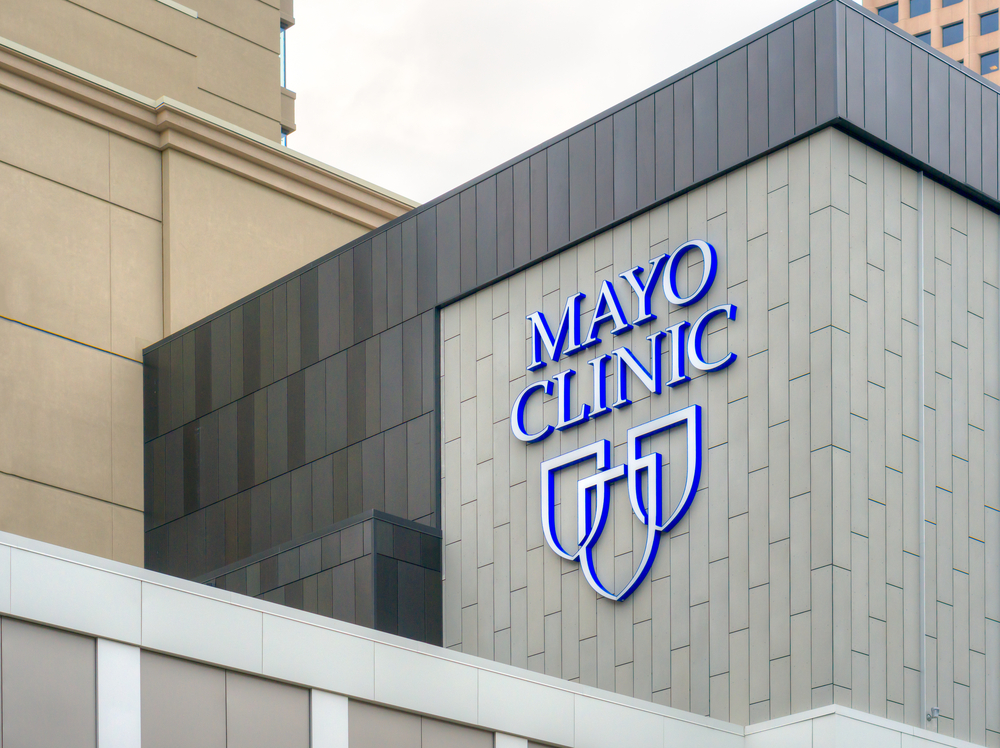
Consumers are constantly surrounded by media and advertising influences. As a result, navigating marketing efforts as a healthcare company can be daunting. So, how can brands create unique, consumer-focused marketing campaigns? And what exactly makes a brand stand out from its competitors?
Mayo Clinic Health System may provide a blueprint. Mayo is a brand proven to be very successful at healthcare marketing, and was recently nominated as an Academic Medical Centre (AMC) brand for the second year running by Brand Finance, the world’s leading independent brand valuation consultancy, in its second annual AMC Global Brand Ranking.
44% of healthcare professionals note Mayo Clinic’s leadership in integrating technologies such as robotics, digital imaging, and AI into its healthcare services, a key driver of the company’s reputation and brand strength, according to the AMC Global Brand Ranking. The Global Brand Ranking also recognized that Mayo Clinic’s brand overall is getting stronger, with a Brand Strength Index (BSI) score increase of 1.2 points to 86.9/100.
So, what makes Mayo Clinic so successful at marketing? And how can your brand emulate their strategies and tactics to succeed?
Highlight successes
A large aspect of Mayo Clinic’s brand building success has to do with its transformative research and technological innovation in the field of medicine. Those aspects of the company serve to intrigue consumers, and in turn, drive the company’s overall brand reputation, according to Brand Finance.
As a brand navigating advertising in the supply chain industry, you should highlight any technological assets or groundbreaking research that your company has been involved in within advertising campaigns. Customers nowadays are looking for brands that are trustworthy, groundbreaking, and future oriented. Focusing on how your brand aligns with these topics in advertising campaigns will help your brand to stand out.
Brand awareness
U.S.-based brands claimed seven out of the top ten spots due to widespread recognition, according to the AMC Global Brand Ranking.
Brand awareness is critical to a company’s ability to gain customers and to sell. Widespread recognition is when a brand name is broadly recognized, and companies should strive to increase their own recognition through its marketing efforts.
Companies can learn from others’ successes when planning a marketing strategy. If your company in the supply chain industry could use assistance creating content that both stands out and increases awareness, contact John Pritchard at jpritchard@sharemovingmedia.com to set up a time to brainstorm your company’s marketing success strategy.



